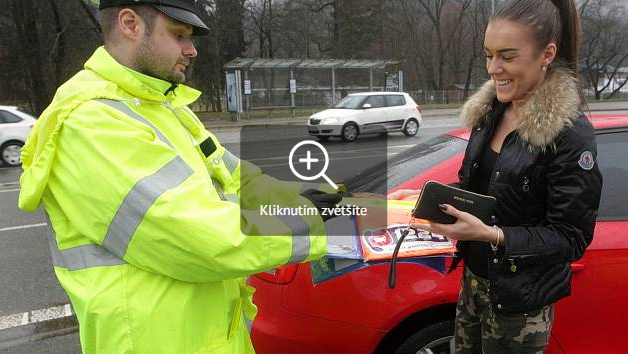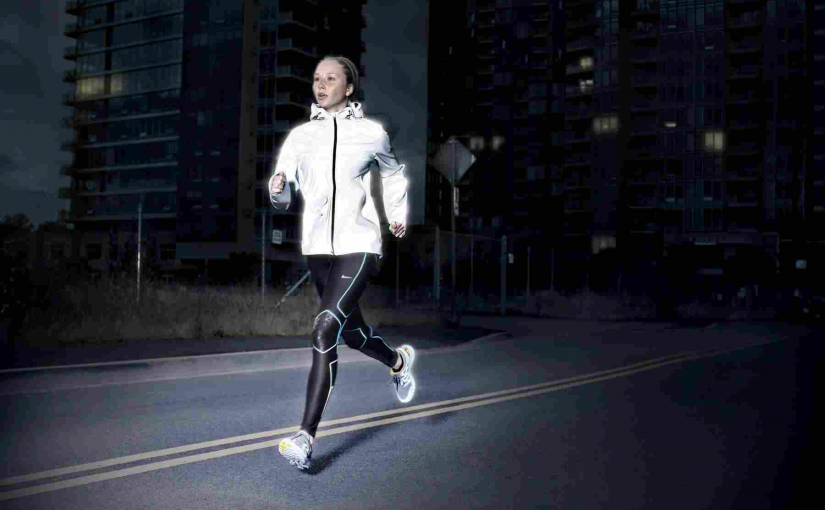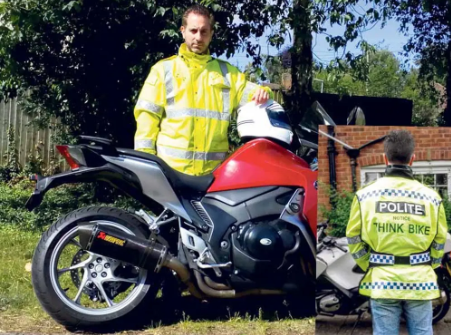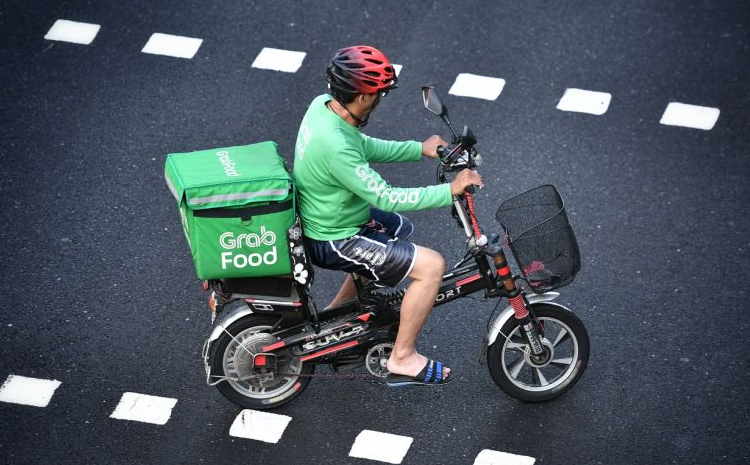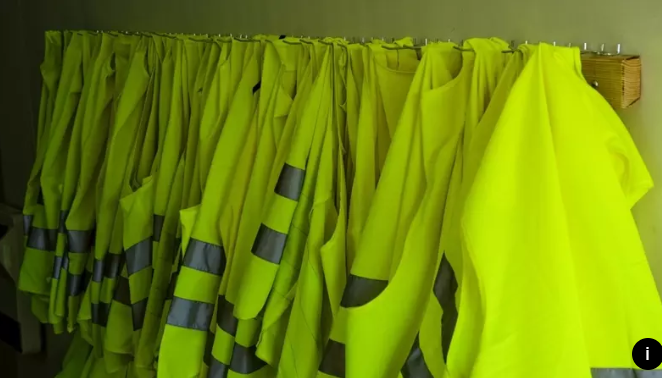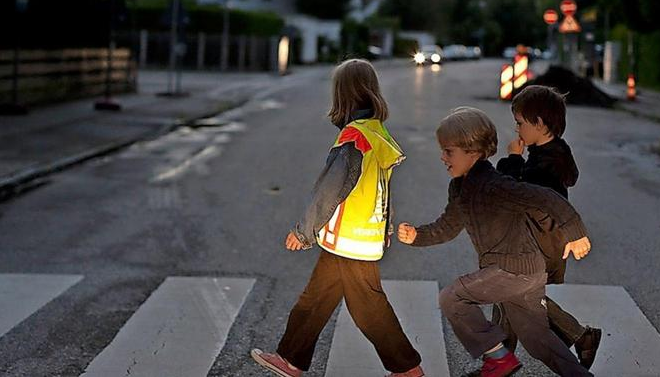Two hundred and a half thousand crowns may become more expensive for pedestrians in the evening on the road. If they do not have reflective elements outside the village in poor visibility, they risk a fine. The amendment seeks to reduce the number of people with cars.
Reflective clothing, belts, and bags were distributed yesterday by police officers in several places in Brno. Pedestrians and cyclists have been instructed to change the law to protect pedestrians on the road. Police will continue in preventive actions throughout the region. lupa-plus click to enlarge.
Reflective clothing, belts, and bags were distributed yesterday by police officers in several places in Brno. Pedestrians and cyclists have been instructed to change the law to protect pedestrians on the road. Police will continue in preventive actions throughout the region.
The police will focus on prevention rather than penalizing pedestrians in the first weeks of the amendment to the Road Traffic Act. “We are planning dozens of events in the region where we want to inform pedestrians about a new duty and give them items in a reflective design,” said police spokesman Pavel Svab.
The first reflective tapes, bags, and vests were distributed by police in Brno on Thursday. They stopped and informed about thirty people. “Few of them knew about the change of the law,” Swab noted. At the same time, he recommended wearing well-visible clothing accessories not only outside the towns but also in them.
Also in schools
The police action was also appreciated by Dagmar Šebelová, who received a reflective tape. “When a man in black goes on gray asphalt, he is hardly visible in the evening,” she said.
Not only police officers but also schools distribute information about the amendment in South Moravia. For example, in elementary school in Židlochovice in Brno, teachers are explaining new duties to pupils these days. “Many parents have not registered the change of the law at all,” said the director Jana Králová. She added that they had acquired visible elements for school events that would lend to pupils.
that changes the amendment to the pedestrian law
Pedestrians must wear reflective elements outside the village when walking on the shoulder or roadside in poor visibility
If they fail to comply with the law, they face a fine of up to two thousand crowns on the spot or a fine of fifteen hundred to two and a half thousand crowns in administrative proceedings
A pedestrian does not need to wear a reflective vest, it is enough to use accessories such as straps on the arm or reflective strips on clothes
The amendment to the Road Traffic Act came into effect on Saturday
The amendment requires pedestrians to use reflective elements when walking on the shoulder or the edge of a road outside the village. According to Besip, the visibility of the reflective material at night is two hundred meters, while a man wearing a blue suit is seen at approximately one-tenth of the distance. At a speed of ninety kilometers per hour, the braking distance of the car is about forty meters. “We welcome the fact that wearing reflective elements has become an obligation,” said Besip regional coordinator Pavel Cizek.
However, he said the amendment to the law is untouched. When a car collides with a pedestrian without reflective elements, it is the driver who is to blame for not adapting the speed to the road conditions. The insufficiently visible person at risk of a collision risks only a fine. “In practice, this means that I can never drive on the 90s on the county roads at night because I have to count on someone unlit on them,” Cizek said.
Tighter neighbors
An even stricter law has been in force in Slovakia since 2014. Pedestrians must wear reflective elements on the road regardless of whether they are in or outside the village. “In the beginning, people complained, but now they have no problem with it,” said Cizek.
Efforts to make pedestrians safer have so far been felt by some merchants. “Reflective elements are sold about twice as much as before,” said Yveta Eiselt, a shop assistant from the Brno workwear shop.
On the contrary, Miroslav Šalanda from the haberdashery of Znojmo did not know any change. “The sale has not gone up so far. More interest will always start in the autumn when the days are shorter,” said Šalanda.
Last year, police in the South Moravian Region recorded four hundred and thirteen pedestrian-car crashes. “Two hundred and twenty-eight of these happened in Brno,” Swab said.
Over forty percent of pedestrian-car collisions took place at pedestrian crossings. Collisions of cars with pedestrians are increasing every year.
